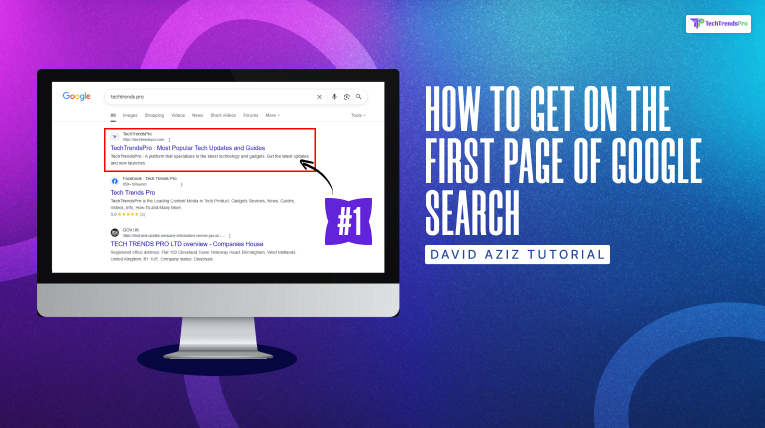
In the big electronic world, being listed on the first page of Google search is like having prime property.
With billions of searches being made daily, ensuring your name, company, or brand—such as David Aziz—appears high on Google can result in mammoth visibility, interaction, and income.
Whether creating a personal brand, starting a startup, or building online authority, becoming a search engine optimization (SEO) master is key. This guide includes how to get on first page of Google search David Aziz.
Why Google’s First Page Matters?
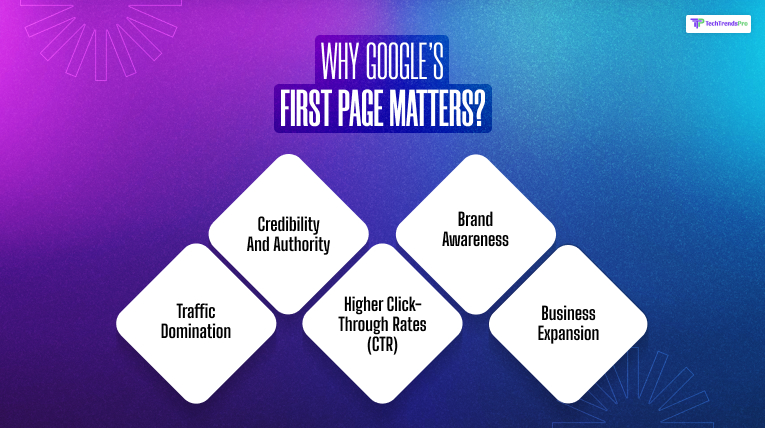
Ranking on Google’s first page isn’t vanity—it’s a business and personal branding powerhouse. Here’s why:
- Traffic Domination: More than 90% of users never click beyond the first page. If you’re not on it, you’re effectively invisible.
- Credibility and Authority: Being on page one makes you look trustworthy. Users tend to think top results are more trustworthy.
- Higher Click-Through Rates (CTR): Sites in the first position receive up to 30-35% of the clicks. Even lower spots on the first page are far better than on page two.
- Brand Awareness: Consistent exposure in search creates brand recall, which makes customers more likely to select you over others.
- Business Expansion: Increased rankings generate more traffic, resulting in more leads, conversions, and sales.
For David Aziz, being visible on the first page is crucial to developing influence in digital marketing, technology consulting, or whatever sector he works in.
Most Important Aspects Of Ranking On Google’s First Page
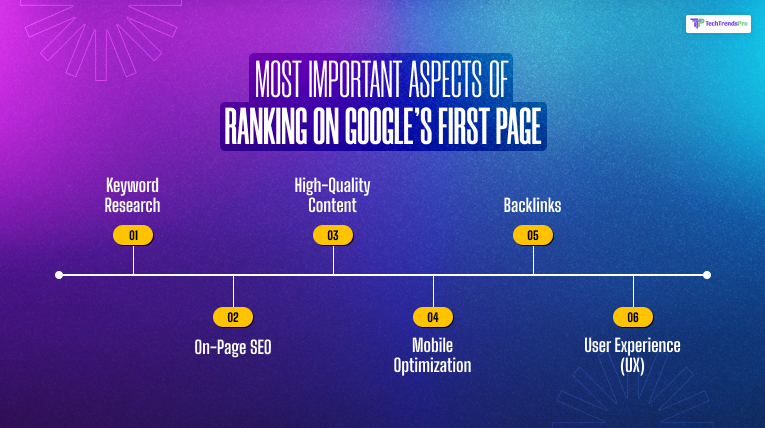
Google’s SERP is successful because of several SEO pillars. Each plays a role in the way Google assesses and ranks your content. So, let’s find out how to get on first page of google search David Aziz.
1. Keyword Research
Keyword research is at the center of SEO. It involves finding out what your audience is searching for on Google and then optimizing for those searches.
Steps to Effective Keyword Research:
- Brainstorm Seed Keywords: Consider what you or your business stands for. For David Aziz, keywords could be “digital strategy consultant” or “David Aziz marketing tips.”
- Use SEO Tools: Tools such as Ahrefs, SEMrush, Ubersuggest, or Google Keyword Planner assist you in identifying suitable keywords, their search volume, and competition.
- Know Search Intent: Is the user searching for information (informational), attempting to travel somewhere (navigational), or looking to buy or act (transactional)?
- Optimize for Long-Tail Keywords: These are more targeted and sometimes easier to optimize. An example is “Best Content Marketing Strategies by David Aziz.”
- Competitor Research: Look at what terms your competitors rank for and attempt to determine content opportunities you can capitalize upon.
2. On-Page SEO
Once you have your keywords, you can optimize your content and site structure.
Key On-Page SEO Factors:
- Title Tags: Use primary keywords and make it less than 60 characters. Example: “David Aziz | Digital Marketing Expert & SEO Guide.”
- Meta Descriptions: Create engaging summaries that contain target keywords and prompt clicks.
- Header Tags (H1, H2, H3): Organize content with headers and make it easily scannable. Your primary keyword must be within at least one H1 tag.
- URL Structure: Keep URLs neat and keyword-heavy. Example: www.davidaziz.com/seo-guide
- Image Optimization: Optimize images with alt text, compress files, and name images for what they are.
- Internal Linking: Reference similar articles or services to keep users on your site longer and enable Google to crawl your pages.
3. High-Quality Content
Google’s algorithm rewards original, in-depth, and user-centered content. Content must reflect E-E-A-T—Experience, Expertise, Authoritativeness, and Trustworthiness.
High-Quality Content Characteristics:
- Relevance: It should answer the user’s question and match their search intent.
- Length: Longer, well-researched content tends to rank higher. Opt for 1,500-3,000 words for competitive topics.
- Formatting: Employ bullets, images, infographics, quotes, and brief paragraphs to improve readability.
- Multimedia: Incorporating videos, charts, or podcasts enhances time on the page and engagement.
- Fact-Checking and Citations: Reference credible sources and incorporate original research or data whenever possible.
4. Mobile Optimization
Google employs mobile-first indexing, which means it mostly ranks based on the mobile version of your site.
Mobile Optimization Tips:
- Employ responsive design that adjusts to all screen sizes.
- Speed up page loading time (less than 3 seconds).
- Compress images without quality loss.
- Minimize intrusive popups and make navigation easy.
- Use readable fonts and enough spacing.
Google’s Mobile-Friendly Test is an excellent tool to check your site’s appearance on mobile phones.
5. Backlinks
Backlinks are confidence votes from other sites, but quality, not quantity, counts.
How to Create Strong Backlinks:
- Guest Blogging: Guest blog on authority sites in your niche.
- Create Link-Worthy Assets: Infographics, research reports, and in-depth guides.
- Outreach: Contact industry bloggers and provide them with useful content or collaboration opportunities.
- HARO (Help a Reporter Out): Provide expert opinions in return for a backlink.
- Broken Link Building: Find broken links on high-traffic sites and provide your content as a replacement.
For David Aziz, collaborations and writings on digital marketing websites can form a strong backlink profile.
6. User Experience (UX)
Google praises websites that people like to explore. Poor UX causes high bounce rates, which negatively affects rankings.
UX Factors to Note:
- Site Speed: Identify issues with tools such as PageSpeed Insights.
- Navigation: Simplify and rationalize menus.
- Call-to-Actions (CTAs): Clean buttons leading people to action.
- Accessibility: Ensure your site is usable for people with disabilities.
- Design Consistency: Keep colors, fonts, and layout uniform across pages.
Advanced Strategies to Secure a First-Page Ranking
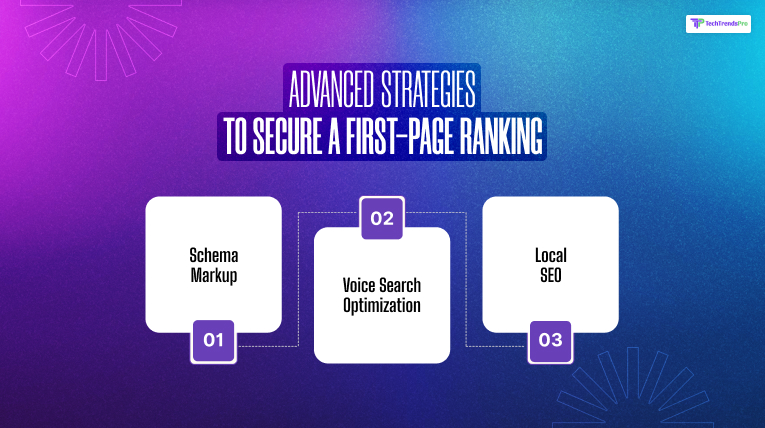
Once your basics are optimized, leverage these advanced techniques to strengthen your SEO efforts.
A. Schema Markup
Schema is formatted data that makes it easier for search engines to interpret your content. It enriches listings with rich snippets such as reviews, event information, or FAQs.
Applying Schema to David Aziz:
- Firstly, apply the Person schema to add a name, job description, social profiles, and bio.
- Secondly, apply the Article schema to blog posts.
- Thirdly, apply a review schema if you are displaying testimonials.
- Finally, Google’s Structured Data Markup Helper and similar tools can make it easy to implement.
B. Voice Search Optimization
Since devices such as Alexa, Siri, and Google Assistant are now widespread, voice search optimization is essential.
Voice SEO Tips:
- Use a conversational tone and long-tail questions.
- Place FAQs on pages to capture voice queries.
- Organize content with good headings and short answers.
- Opt for “position zero” or featured snippets.
Examples: “Who is David Aziz?”, “How does David Aziz help businesses grow online?”
C. Local SEO
Local SEO can drive high-converting traffic if your business or brand has a physical location.
Steps to Improve Local SEO:
- First, Google Business Profile: Create and verify your listing. Add photos, services, hours, and contact info.
- Second, NAP Consistency: Ensure your Name, Address, and Phone number are consistent across all platforms.
- Thirdly, Review: Encourage satisfied customers to leave reviews on Google.
- Fourthly, Local Keywords: Use geo-specific phrases like “David Aziz marketing Los Angeles.”
- Finally, Citations: Submit your business to local directories and business listings.
How To Get On First Page Of Google Search David Aziz – Common SEO Mistakes To Avoid
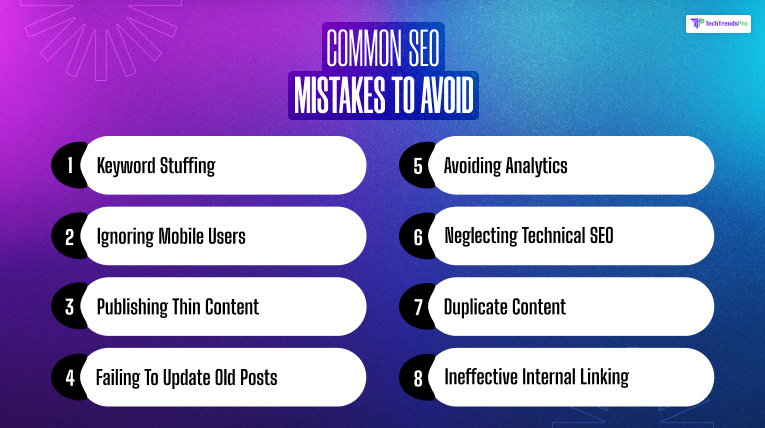
Even the best intentions can lead to SEO setbacks if you’re not careful.
- Keyword Stuffing: Repeating the same keyword excessively can lead to penalties.
- Ignoring Mobile Users: With mobile-first indexing, neglecting mobile optimization is a major error.
- Publishing Thin Content: Content with little depth doesn’t satisfy user intent or rank well.
- Failing to Update Old Posts: Stale content gets outdated. Freshen up old pages with fresh information.
- Avoiding Analytics: You cannot monitor performance without tools such as Google Analytics and Search Console.
- Neglecting Technical SEO: Crawl issues, slow speed, and broken links can undermine your SEO.
- Duplicate Content: Search engines will penalize duplicated content from other websites or your website.
- Ineffective Internal Linking: Not linking related content misses an SEO and UX improvement opportunity.
How To Get On First Page Of Google Search David Aziz- Explained!
Being on the first page of Google is not a one-time tactic but the result of an ongoing, all-encompassing SEO strategy.
For experts like David Aziz, it is not only about visibility but also about validation. Whether creating authority, building clients, or publishing your knowledge, SEO mastery puts you ahead of the competition.
By knowing what users want, creating great content, optimizing for users and search engines, and taking advantage of current schema and voice optimization strategies, you can consistently earn and remain on Google’s prized first page.
Keep educating yourself, experimenting, and refining. SEO is a long game with big payoffs for those who play it well.
Read Also:






